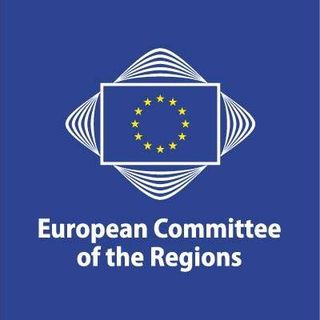Dear Invited Guest,
Dear Invited Guest,
Dear Organisers,
Ladies and Gentlemen,
⦁ Thank you for the opportunity to speak at this important conference, which comes at a crucial moment for the future of Europe’s rural areas.
⦁ My name is Csaba Borboly, and I have been a member of the European Committee of the Regions.
⦁ At the same time, I come from Romania, from a rural and mountainous region — Harghita County — where I serve as vice president, and I am also here today as the president of one of the LEADER groups in the area.
⦁ I am a member of the European Committee of the Regions, the EU’s political assembly of local and regional leaders. Our role is to ensure that rural areas, municipalities, and regions—like those represented by LAGs—have a real voice in EU policymaking.
⦁ I had the honour to serve as COR rapporteur for the opinion titled “Promoting cultural policies in rural areas within the framework of development and territorial cohesion strategies and the 2030 Agenda.”
⦁ Today’s discussion is particularly relevant, as the EU redefines its political priorities.
⦁ There is a growing concern that emerging demands—such as increased defence spending—may reduce cohesion funding and inadvertently marginalize rural regions.
⦁ This is why today’s initiative, with contributions from ELARD, CERSTE, FederEdilizia, and LAGs (Local Action Groups), is so important: it brings together institutional, territorial, and civil society voices to affirm the strategic role of rural areas and Inner Areas as drivers of sustainable and inclusive growth.
⦁ These are not peripheral zones, but centres of identity, innovation, and resilience.
⦁ In this context, allow me to share some key insights from our work that are particularly relevant today, as we reflect together on how to ensure that rural territories are not left behind amidst shifting EU priorities and limited resources.
⦁ First, in view of the demographic challenges, I would like to underline the essential role of culture in rural development.
⦁ Culture helps build resilient communities, especially in small villages and disadvantaged regions.
⦁ Access to cultural services must be ensured for all, including people living in less developed or remote areas.
⦁ In this respect, in my report, I called for the launch of a European Year of Rural Europe, to shine a spotlight on the cultural and creative potential of our rural territories.
⦁ Second, I consider, we must strengthen the Cultural and Creative Sectors and Industries (CCSIs) in rural areas.
⦁ These sectors merge local identity and innovation, creating jobs, promoting pride, and making rural areas more attractive—particularly to young people.
⦁ I believe we need a dedicated framework, similar to the European Capital of Culture initiative, focused specifically on rural cultural heritage and innovation.
⦁ Also, I belive that youth engagement is essential.
⦁ We need to support rural youth councils, forums, and initiatives to create a genuine sense of belonging and opportunity.
⦁ Third, we must acknowledge the critical role of local and regional authorities in delivering cultural services.
⦁ Often, they are the last line of defence in areas suffering from depopulation and economic decline.
⦁ They need sufficient funding, both from EU and national budgets, to continue this essential work.
⦁ Furthermore, I propose supporting Smart Villages and using EU tools like CLLD to revitalize cultural infrastructure and heritage, promoting culture-driven regeneration, experimentation, and innovation in contemporary arts in rural settings and establishing culture-specific data collection at NUTS 3 level, to better inform EU rural policy.
⦁ We must also promote synergies between sustainable tourism and the cultural and creative sectors, creating new value chains and employment opportunities.
⦁ Finally, let us not forget that rural culture is a pillar of Europe’s biocultural heritage.
⦁ It is essential for maintaining our cultural landscapes, traditional knowledge, and biodiversity.
⦁ Many rural regions are not just economically fragile—they are ecologically and culturally unique.
⦁ That is why national strategies and EU-level guidelines must go hand-in-hand, respecting subsidiarity, while sharing best practices with measurable impact.
⦁ In conclusion, we must ensure that rural citizens—young and old, families, creatives, and farmers—feel part of Europe’s future, not left behind by its evolution.
Thank you for your attention.

